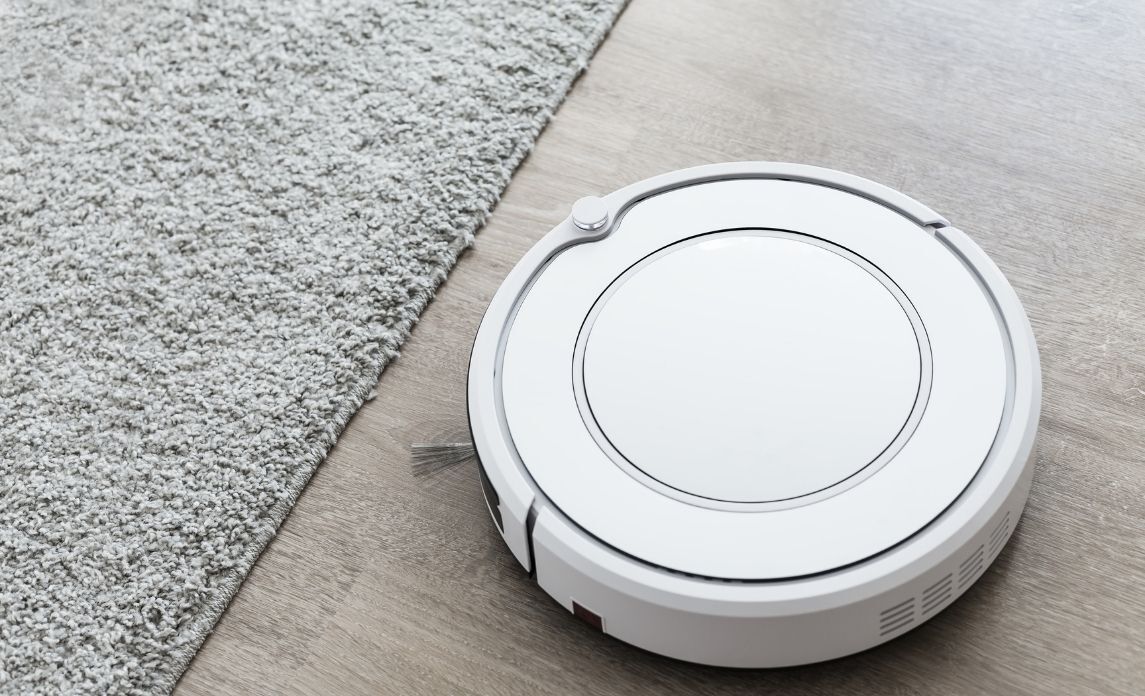One of the first applications of robotics in cleaning is the “robovac” or robotic vacuum. Launched in 1996, the “Trilobite” was made by the Swedish appliance maker Electrolux. The Trilobite’s novelty at the time drove its popularity and while it worked quite well, it also suffered from a few issues. Needless to say, Electrolux stopped its production in the early 2000’s.
Robotic vacuum cleaners—and robot cleaners, in general—have come a long way since then. The Roomba alone has sold millions of units worldwide. Meanwhile, commercial cleaning companies in New Zealand and beyond have been exploring the use of robots to accomplish a few cleaning functions.
Will Cleaning Robots Completely Replace Humans?
This now begs the question: are robots the future of cleaning? In a sense, yes. Robots are the future of cleaning, particularly in the commercial level, simply because technology has all but dictated this direction.
What’s more, the commercial cleaning industry has become more competitive over the years. With robots helping improve efficiency tenfold, it’s a grave misstep for businesses not to invest in cleaning automation.
However, while there will certainly be a paradigm shift, this doesn’t mean that robots take over human jobs. Rather, they will give humans more time to focus on other facets of a cleaning business, such as product development, customer experience, and other aspects of cleaning that require more nuance.
In addition and contrary to popular belief, using robots can actually create more job opportunities. These include technicians, operators, and supervisors that will ensure the maintenance and proper utilisation of these robot cleaners.
The Advantages of Robots in Cleaning
According to the 2018 World Robotics Service Robots report by the International Federation of Robotics, more companies are expected to use industrial cleaning robots in the coming years. There are many reasons behind this, the first among which are speed and efficiency. Robots can cover more ground in less time; with continuously improving technology, they’ve also become more accurate.
The COVID-19 pandemic has also increased interest in robot cleaners and similar machines since they can minimise human contact and thus curb the spread of disease. Robots also don’t get sick from toxic gases; in case they require human intervention, operators can safely control the robot from a safe distance.
Speaking of safety, robotic cleaners can also minimise injury. For example, wall-climbing robots can take over cleaning high walls and ceilings; cleaning robots can also be used for skyscraper windows.
These are only a few advantages of robots in commercial cleaning. In the near future, when costs aren’t as prohibitive, it’s highly likely that more and more companies will follow suit.
Cleaning Robots at Present
Another important question for industry practitioners is this: why are robots being considered the future of commercial cleaning in the first place? To answer this question, let’s take a look at the kinds of cleaning robots that are currently being used today:
Floor Cleaning Robots
Did you know that human labour accounts for more than 90% of the costs of cleaning a floor? This is why a majority of robotic cleaning solutions have something to do with dusting, vacuuming, and mopping. In addition, many commercial cleaning robots are geared toward cleaning large swaths of spaces like airports or museums.
Modern floor cleaning robots are often equipped with cameras, laser scanners, ultrasonic sensors, gyroscopes, and infrared detectors to accurately map out their routes. There are also models that feature interchangeable attachments, not to mention AI that lets them navigate between building floors.
Window Cleaning Robots
One of the more dangerous aspects of commercial cleaning is the glass exteriors of buildings. Luckily, there are now window cleaning robots that feature suction cups that rotate on a guide rail or else vacuum-powered “feet” that attach to the glass. These machines can scale buildings much faster than humans, and thus accomplish the job quicker. They can also be used even during windy conditions.
What’s great about these robots is that they can be loaded with regular detergents, as well as more eco-friendly options such as enzyme solutions or demineralised water.
Duct Cleaning Robots
Duct cleaning is an important part of commercial cleaning since it ensures the cleanliness of indoor air. It also reduces lower cooling and heating costs. However, duct cleaning is also labour-intensive.
The good thing is that there are now duct-cleaning robots that can be sent to crawl through even the smallest vents and ducts. They can be remote-controlled by a human operator and are also equipped with cameras for easy progress monitoring.
Disinfection and Sanitation Robots
As previously mentioned, COVID-19 has changed the way businesses deal with commercial cleaning. To avoid spreading the virus, human contact should be avoided as much as possible. This is where cleaning robots can come in handy. In particular, UV robots are quite useful in disinfection and sanitation.
Robots in commercial cleaning are definitely revolutionary. However, they are not the end-all, be-all of the industry. There will always be certain facets of the business that will be handled better by humans.
Nevertheless, it can’t be denied that robots have a place in commercial cleaning. With careful and conscientious use, they can push companies to greater heights.


